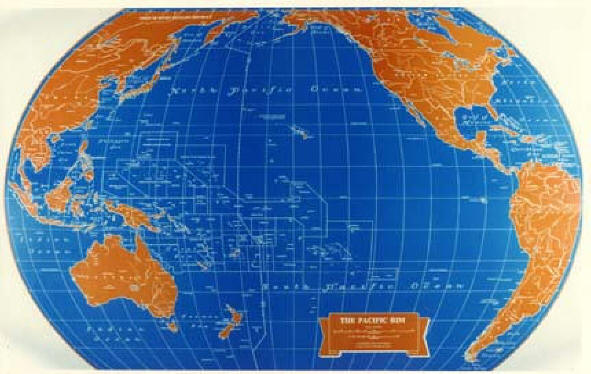Tackling trans-Pacific trade

China Daily | 2010-09-16
Tackling trans-Pacific trade
by Wu Zhenglong
BEIJING, Sept. 16 (Xinhuanet) — With a third round of negotiations scheduled to be held in Brunei in October, the Trans-Pacific Strategic Economic Partnership Agreement (TPP) still faces ambiguity in promoting its intentions.
Originally signed by Brunei, Chile, New Zealand and Singapore in 2005, the TPP is now expanded to the United States, Australia, Peru and Vietnam after two rounds of talks, with the US playing a leading role.
According to its institutional arrangement, the TPP is open to all countries in the Asia-Pacific region and its final goal is to develop into a de facto Asia-Pacific free trade area. Given that its members are scattered across America, Asia and Oceania with different economic development levels, the US-dominated TPP membership expansion is driven more by political factors than by economic links.
The high-profile push by the US for the TPP’s expansion is largely attributed to Washington’s eagerness to reverse its self-alleged marginalization in the booming economic integration of East Asia. Since the eruption of the Asian financial crisis, economic integration in this region has made leaps forward. The summit meetings between the Association of Southeast Asian Nations (ASEAN) and China (10 plus one), between ASEAN and Japan, the Republic of Korea (ROK) as well as China (10 plus three), and the East Asia Summit (EAS), have been successively established.
The long-awaited free trade areas between the 10-member bloc with China, the ROK and Japan have also been separately put into operation. The trade volume within the 10 plus three framework has occupied more than half of every member’s foreign trade, higher than that in the North American Free Trade Agreement Area.
Having felt a sense of marginalization from the East Asian integration process, the US attempts to utilize such a trans-Pacific agreement to cover all of the region’s members and create a platform to extricate itself from the current dilemma.
Also, the US-dominated TPP expansion will be seen as helping Washington play a dominant role in promoting Asia-Pacific cooperation. Since its advocacy for the establishment of an Asia-Pacific free trade area within the framework of the Asia-Pacific Economic Cooperation (APEC) in 2006, the US has received cold responses among related members. This has prodded Washington to map out a more resolved plan to re-start a trans-Pacific free trade area via a new channel in a bid to realize its disclosed intention of dominating the APEC process.
An enlarging TPP will also help the US to expand its market and create more favorable conditions for the Obama administration to carry out its ambitious exporting plan under the global financial crisis. The Asia-Pacific region is now at the stage of rapid economic development. However, exports of US commodities and services to the region only account for 4 percent and 4.3 percent of the country’s whole exporting value. To reverse this situation and realize US President Barack Obama’s target of doubling US exports within five years and creating 2 million new jobs, the US is eager to open the domestic markets of more Asia-Pacific countries and lower their tariffs through the TPP platform.
However, Washington’s eagerness will not change the series of challenges it faces on this road. Whether or not the US can coordinate varying stances among members to handle the ties between the TPP and existing bilateral or multilateral pacts among them remains to be seen. Australia, New Zealand and Singapore have proposed replacing existing bilateral free trade agreements among some of the eight countries with the TPP. The US is opposed to the proposal, claiming that the TPP and established bilateral free trade pacts between some members should be equally effective.
The US has also expressed its unequivocal stance that it will not have the TPP without forcible measures in labor and environmental protection. For developing countries, this is a sensitive problem. TPP clauses that are too strict will surely undermine the interests of participants and keep more developing countries outside the door.
So far, only Japan, Canada and Malaysia among Asia-Pacific nations have shown interest in joining the TPP. But Japan has expressed its reluctance to pay a high price for its membership. This includes its reluctance to open its agricultural products market to TPP members. In Canada, there are also doubts among the public over the country’s decision to join the agreement out of political and economic necessity.
Even within the US Congress, there also exists a heavy, suspicious sentiment toward the TPP. A new trade bill drafted by Republican lawmakers not long ago includes many new standards on the environment and the protection of the rights and interests of workers and consumers, which, if passed, will serve as obstacles for the Obama administration to press ahead with its TPP strategy.
The author is secretary-general of the China National Committee for Pacific Economic Cooperation.





